Back to Courses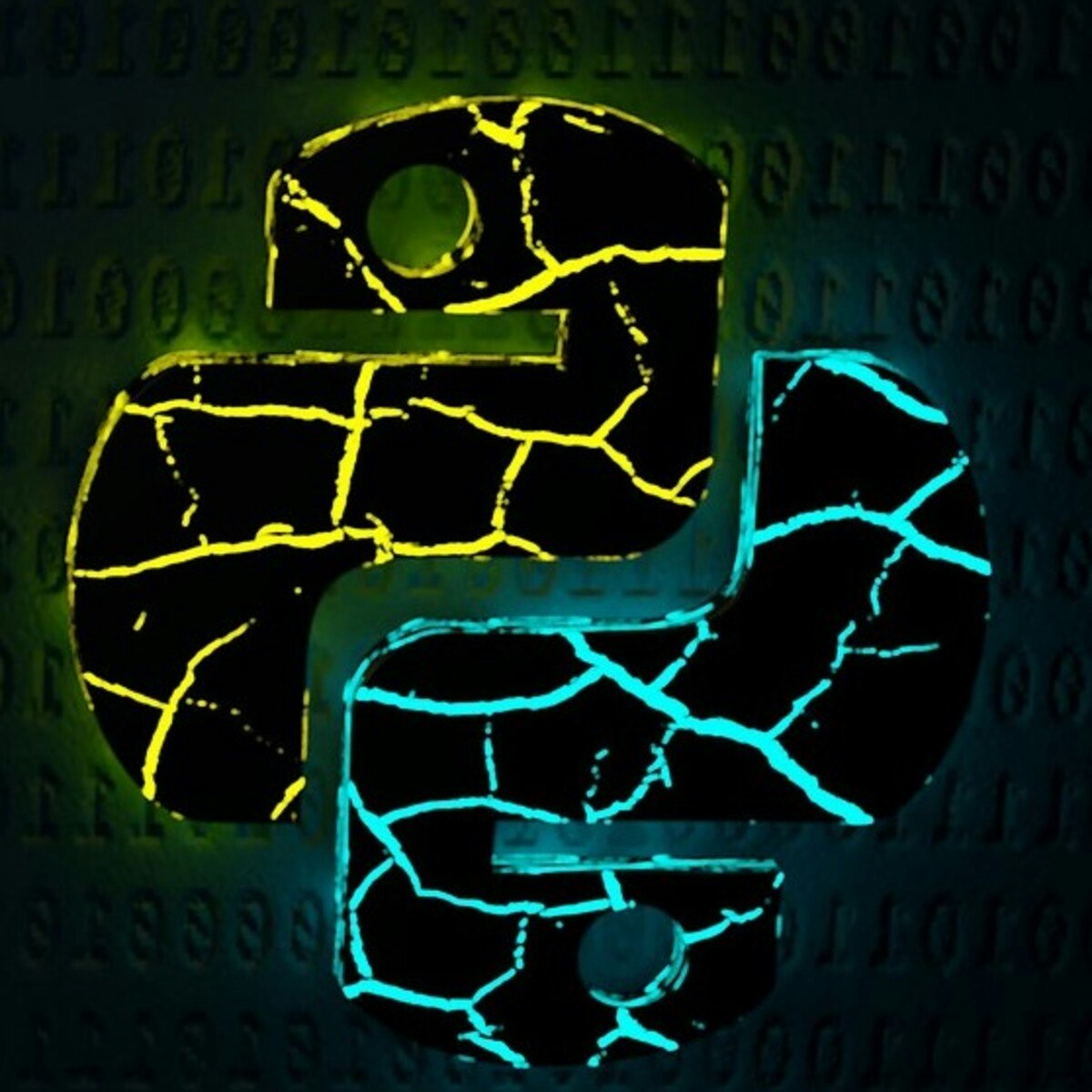

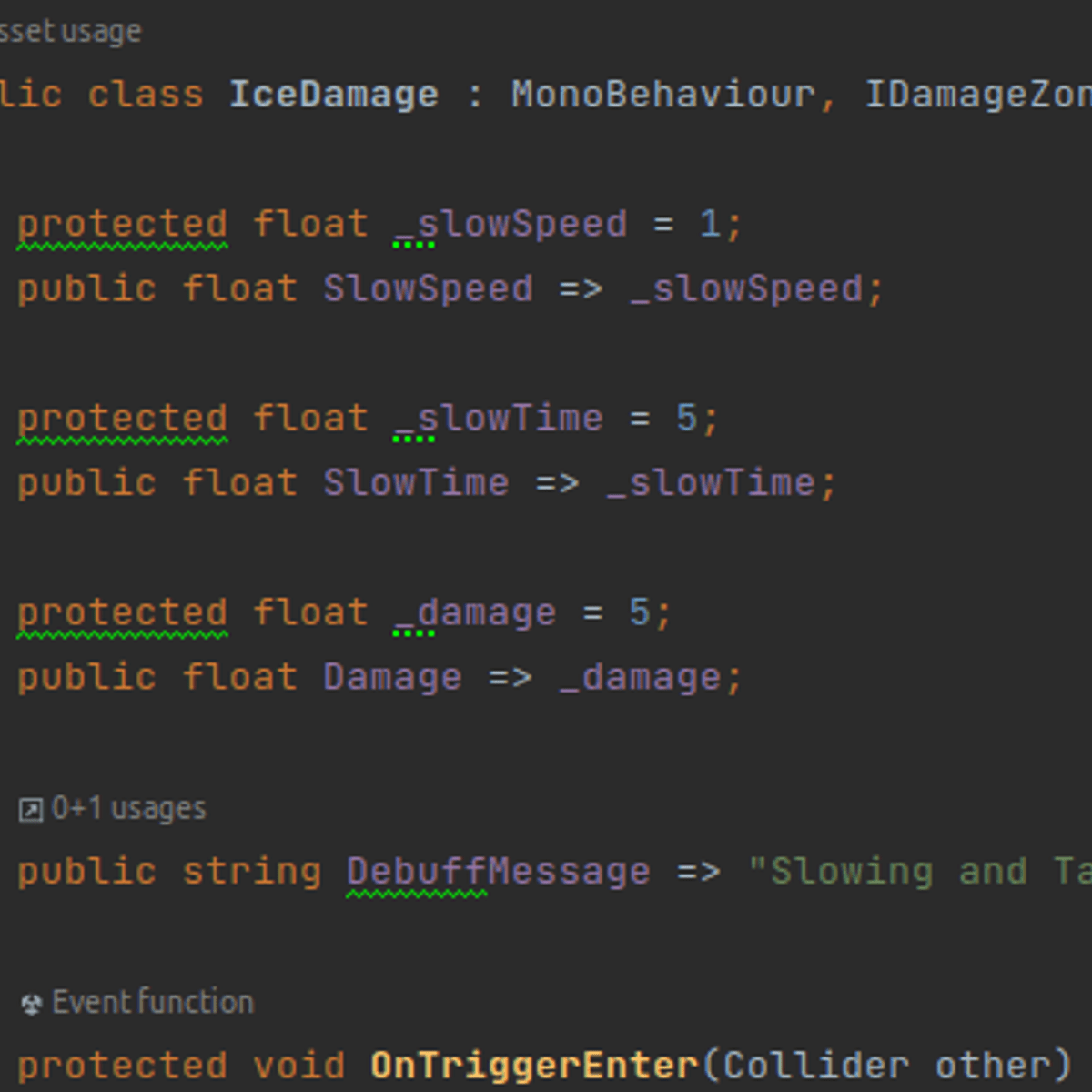

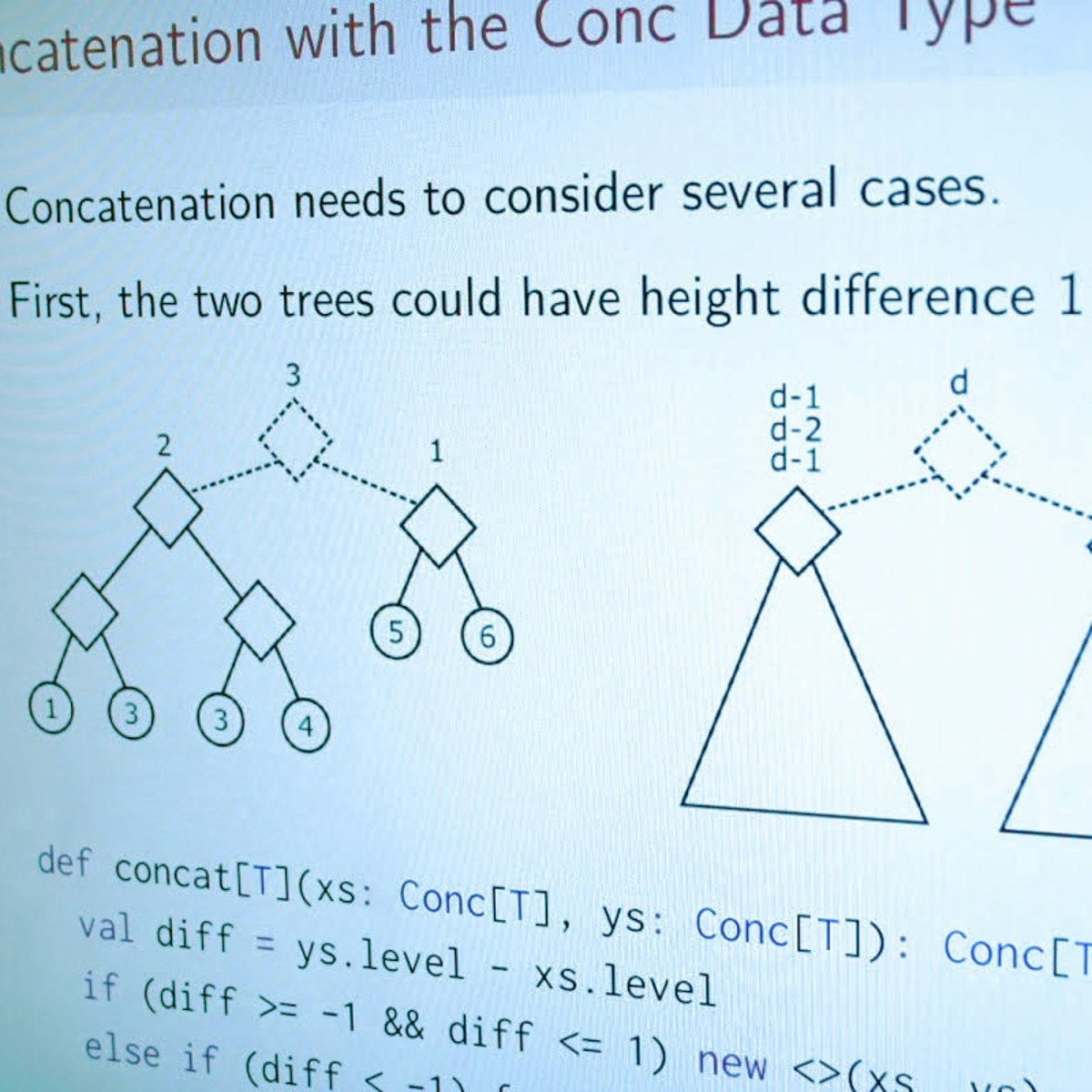

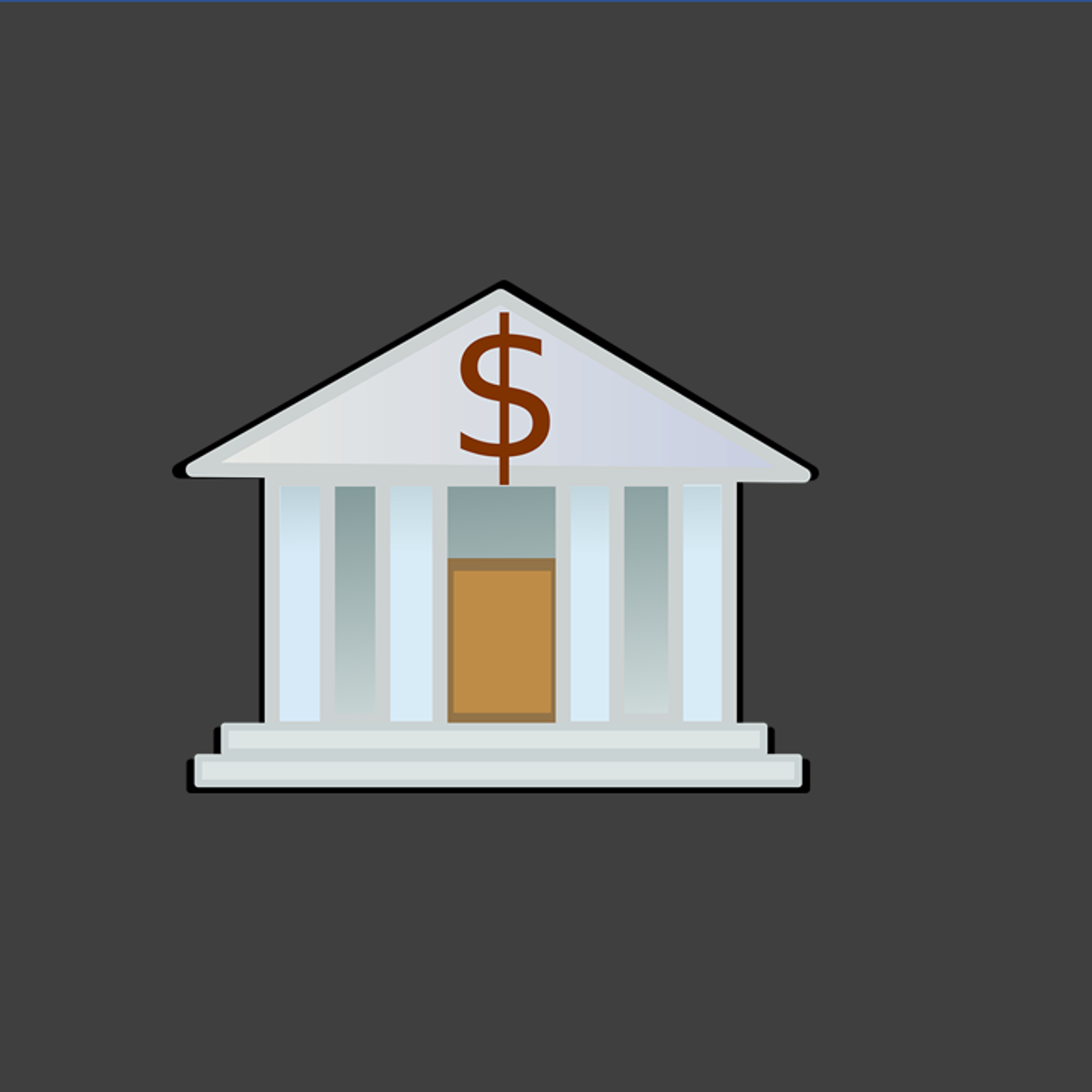
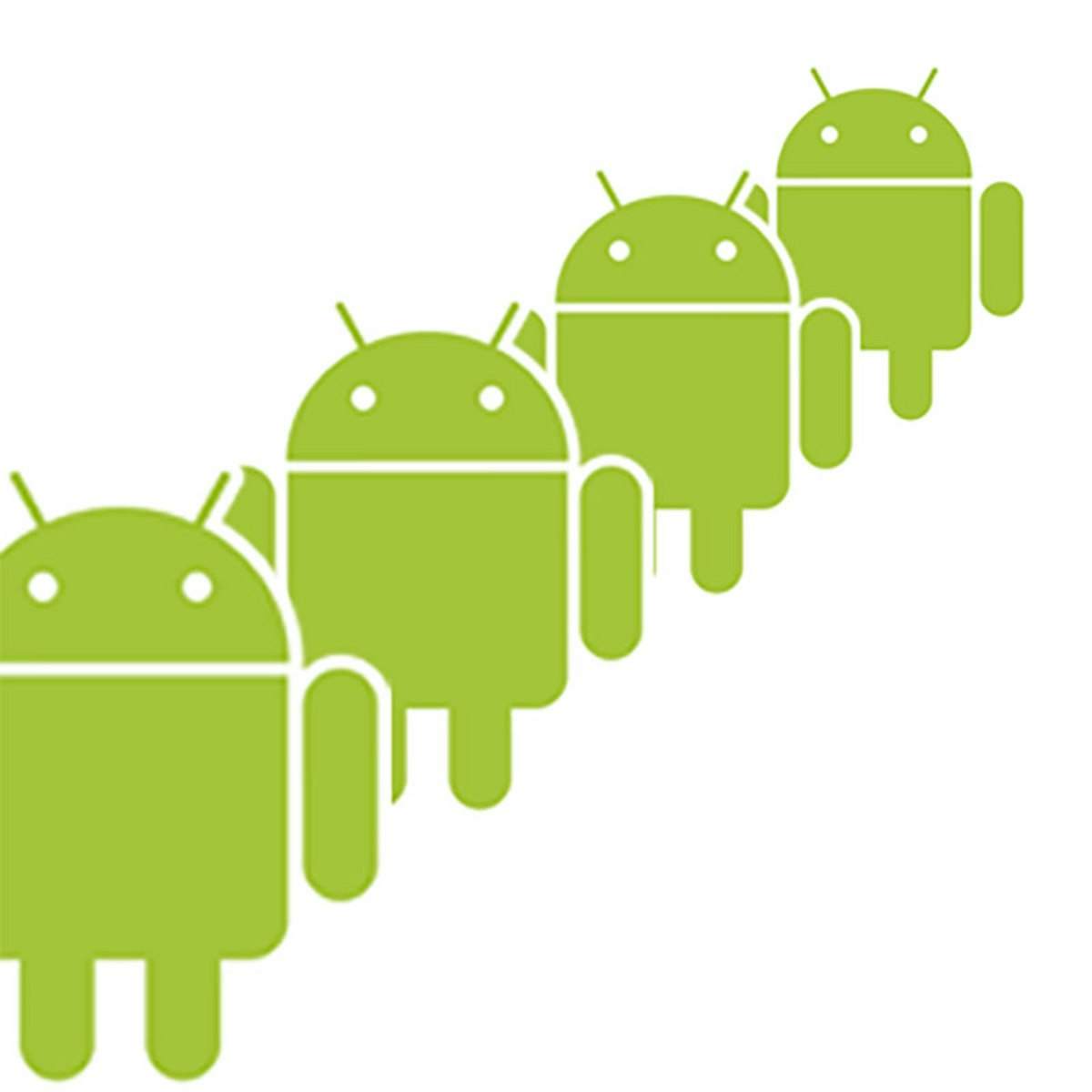
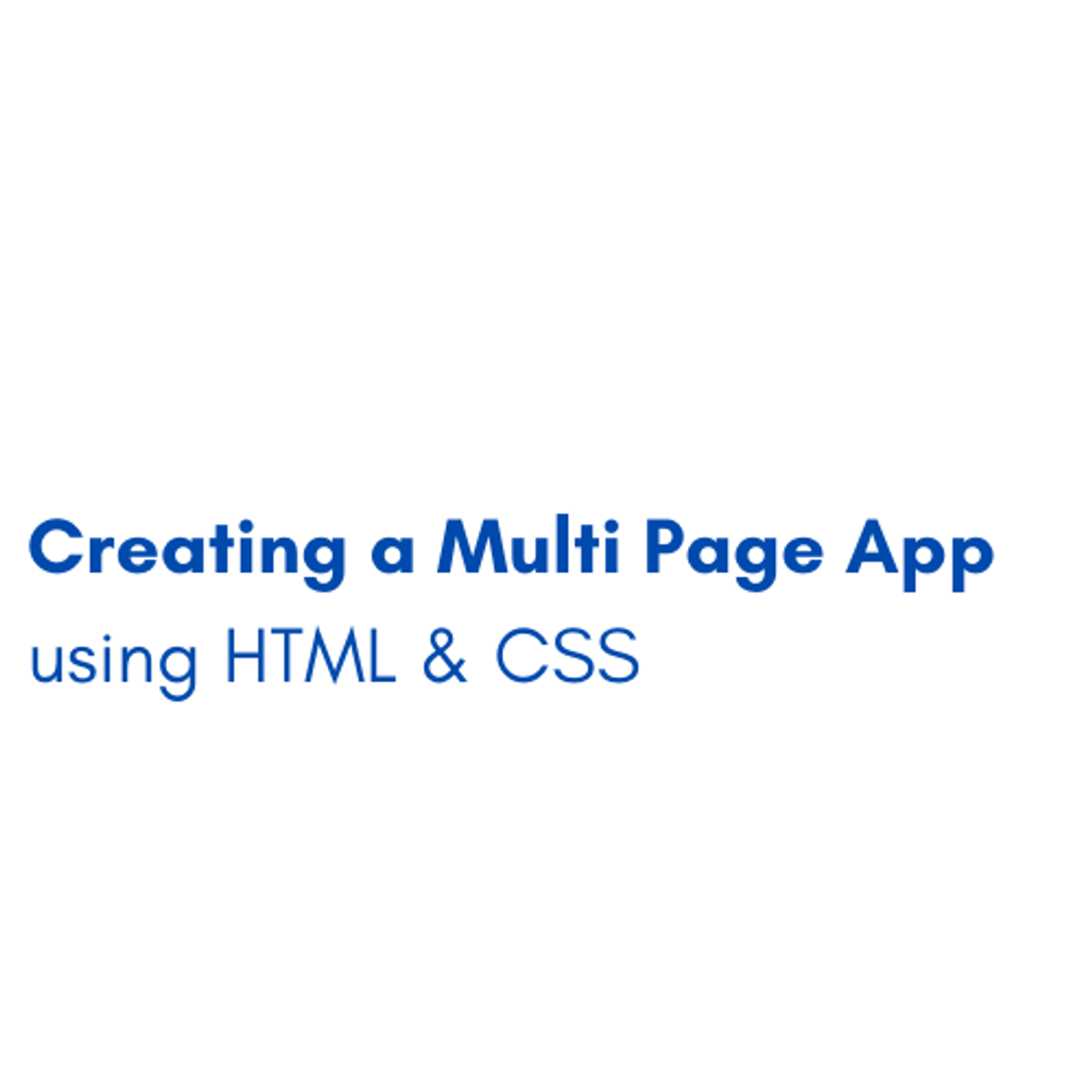

Software Development Courses - Page 110
Showing results 1091-1100 of 1266

Testing and Debugging Python
If you have seen any of the news lately, it is not hard to imagine why software bugs cost the economy billions of dollars per year as well as costing lives. The ability to test your code (and other’s code) is probably one of the most important skills to know as a developer. Knowing how to track down and fix bugs is also critical.
Testing can mean adding print statements to output data at certain points in a program to visually check it. Testing can also involve developing separate programs to test the functionality of the code itself.
In this course, you will create a Python application that implements a new sorting algorithm. You will also create a test to sort the algorithm, and use debugging to find bugs in the code.
Note: This course works best for learners who are based in the North America region. We’re currently working on providing the same experience in other regions.

Continuous Integration and Continuous Delivery (CI/CD)
A principle of DevOps is to replace manual processes with automation to improve efficiency, reduce human error, and accelerate software delivery. This requires automation that continuously integrates code changes and continuously delivers those changes to a production environment.
This course introduces you to Continuous Integration and Continuous Delivery (CI/CD), an automated approach to software development. You’ll discover the benefits of CI/CD for creating a DevOps pipeline and explore popular CI/CD tools.
You’ll examine the key features of CI, explore social coding, and the Git Feature Branch Workflow. You will also learn about standard CI tools and gain a deep understanding of GitHub Actions workflows and their components.
This course provides an overview of CD and its goals, benefits, and best practices. You will learn the requirements of a CI/CD pipeline and discover standard CD tools.
You will explore Tekton and discover how its components work together to create a CD pipeline. You will learn how to build a pipeline, pass parameters to a pipeline, build triggers to start pipeline runs, implement reusable tasks, and create custom tasks. You will discover how to complete your CD pipeline by building a container image and deploying your application to an OpenShift Kubernetes cluster.
Throughout the course, you can hone your skills and challenge yourself through several hands-on labs.

SOLID Programming: Interface Segregation Principle in Unity
Programming of any kind, including in game-development, can get complicated as the size and scope of a project increase. Investigating bugs and expanding the code with new functionality can be almost impossible if the code-structure is not well-thought-out.
In this one-hour, project-based course, we will cover the fourth principle of "SOLID" programming: Interface Segregation Principle ("ISP") states that classes should not be required to implement
methods or properties it doesn't use. This means a monolithic interface is usually inefficient and should be broken into its functional parts. In the project, we will create some "typical" code that is fairly common in game-development, and then restructure it to become compliant with ISP.
This project is part four of a five-part series on SOLID Programming principles, which are:
- Single Responsibility
- Open-Closed
- Liskov's Substitution
- Interface Segregation (this guided project)
- Dependency Inversion
Each of these guided projects stands on its own, but for a full understanding of good coding practices, completing all five guided projects (in order) is recommended.

APIs Explorer: App Engine
This is a self-paced lab that takes place in the Google Cloud console. In this lab, you will get hands-on practice configuring and deploying an App Engine instance with the APIs Explorer tool.

Parallel programming (Scala 2 version)
With every smartphone and computer now boasting multiple processors, the use of functional ideas to facilitate parallel programming is becoming increasingly widespread. In this course, you'll learn the fundamentals of parallel programming, from task parallelism to data parallelism. In particular, you'll see how many familiar ideas from functional programming map perfectly to to the data parallel paradigm. We'll start the nuts and bolts how to effectively parallelize familiar collections operations, and we'll build up to parallel collections, a production-ready data parallel collections library available in the Scala standard library. Throughout, we'll apply these concepts through several hands-on examples that analyze real-world data, such as popular algorithms like k-means clustering.
Learning Outcomes. By the end of this course you will be able to:
- reason about task and data parallel programs,
- express common algorithms in a functional style and solve them in parallel,
- competently microbenchmark parallel code,
- write programs that effectively use parallel collections to achieve performance
Recommended background: You should have at least one year programming experience. Proficiency with Java or C# is ideal, but experience with other languages such as C/C++, Python, Javascript or Ruby is also sufficient. You should have some familiarity using the command line. This course is intended to be taken after Functional Program Design in Scala: https://www.coursera.org/learn/progfun2.

Spring - Cloud Overview
This course explains some high level patterns used in Microservice architectures and the motivation to move towards these architectures and away from monolithic development of applications. . It then goes on to implement these patterns using Spring Cloud, Netflix OSS one of the most popular Cloud implementations of Microservices used today. Students will learn about Service Registration, Service Discovery, Client Side Load Balancing, Circuit Breakers, and Gateway or Edge Services in a Spring Boot Setting. It will leverage Spring Cloud and Netflix OSS, Labs will specifically target the projects Eureka, Ribbon, Hystrix, Feign and Zuul.

Bank Loan Approval Prediction With Artificial Neural Nets
In this hands-on project, we will build and train a simple deep neural network model to predict the approval of personal loan for a person based on features like age, experience, income, locations, family, education, exiting mortgage, credit card etc.
By the end of this project, you will be able to:
- Understand the applications of Artificial Intelligence and Machine Learning techniques in the banking industry
- Understand the theory and intuition behind Deep Neural Networks
- Import key Python libraries, dataset, and perform Exploratory Data Analysis.
- Perform data visualization using Seaborn.
- Standardize the data and split them into train and test datasets.
- Build a deep learning model using Keras with Tensorflow 2.0 as a back-end.
- Assess the performance of the model and ensure its generalization using various Key Performance Indicators (KPIs).
Note: This course works best for learners who are based in the North America region. We’re currently working on providing the same experience in other regions.

Engineering Maintainable Android Apps
Engineering Maintainable Android Apps, which is a 4 week MOOC that shows by example various methods for engineering maintainable Android apps, including test-driven development methods and how to develop/run unit tests using JUnit and Robotium (or equivalent automated testing frameworks for Android), as well as how to successfully apply common Java/Android software patterns to improve the extensibility and clarity of Android apps. Students will work on the appropriate automated unit quizzes, based on the material covered in the lecture videos. These lessons will demonstrate the benefits of good software engineering practices that are targeted at creating maintainable code for mobile apps.
There will be roughly 3-4 hours of student engagement time per week, including video lectures, and quizzes. The ordering of the modules within the course is designed to be flexible. In particular, students can watch the videos in whatever order suits their experience and needs, e.g., they may want to watch the unit testing videos prior to the software pattern videos if they prefer to learn about unit testing first.

Creating a Multi Page App using HTML & CSS
By the end of this project, you will be able to create a multi-app with three pages using HTML and CSS. You will be able to use the div tag to split your page into sections, h1, h2, and h3 tags, to write a title as a headline. The P tag to write a paragraph or one line. The A tag to add a link or connect pages with each other and finally, the unordered lists ul tag to make a list. Then, you will be able to style these tags and add colors, background, change the font size and add some elements to the right of the page and ones to the left, and many other properties. As HTML and CSS are the foundational languages of the web. HTML is a markup language that is used for developing web pages. CSS is a language that defines the presentation of a document written in HTML.
Learning to use HTML and CSS enables you to better understand any website, gain more money as a web developer freelancer and finally Learn Other Coding Languages Easier and Faster.
This guided project is for beginners in the field of websites and web pages. It provides you with the first steps to be a web developer. Moreover, it equips you with knowledge of HTML and CSS.

Understanding Basic SQL Syntax
In this project you will learn to identify and use correct syntax when writing SQL retrieval queries. Through hands-on activities in SQLiteStudio, you will gain experience with the SQL syntax used to display specific columns, filter for specific rows, and determine the sequence of those columns and rows in query output. Familiarity with SQL syntax is a marketable skill for both Information Technology professionals and non-IT super users.
Popular Internships and Jobs by Categories
Browse
© 2024 BoostGrad | All rights reserved


